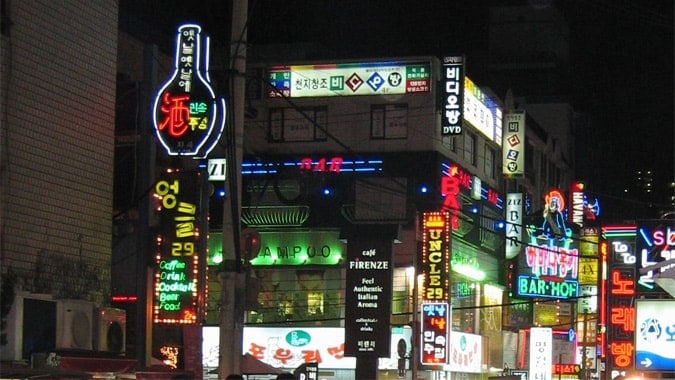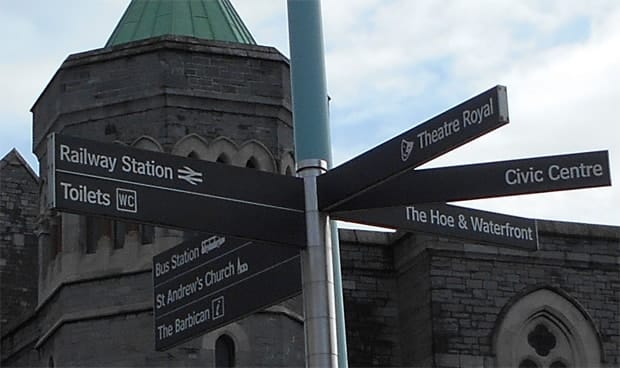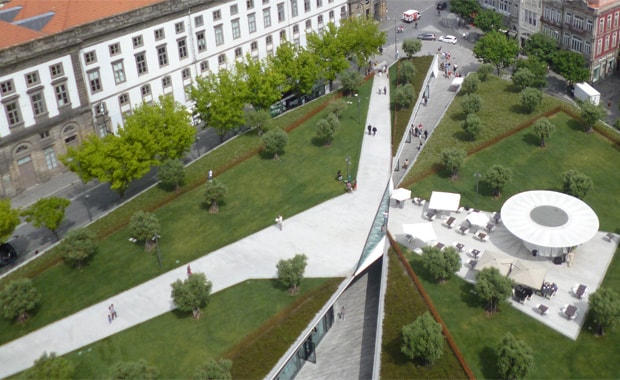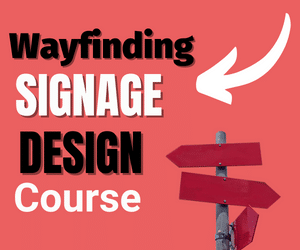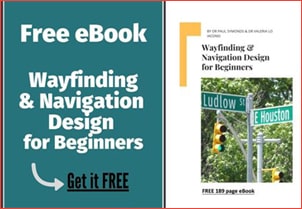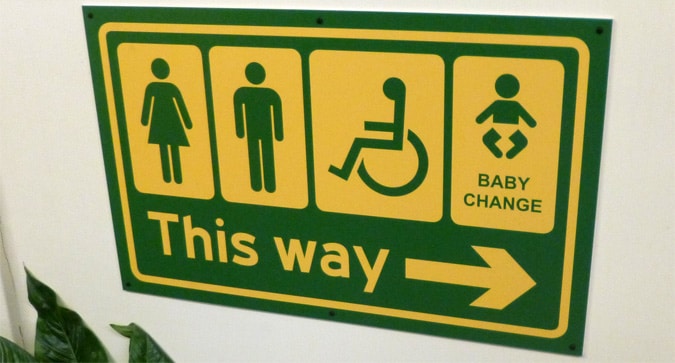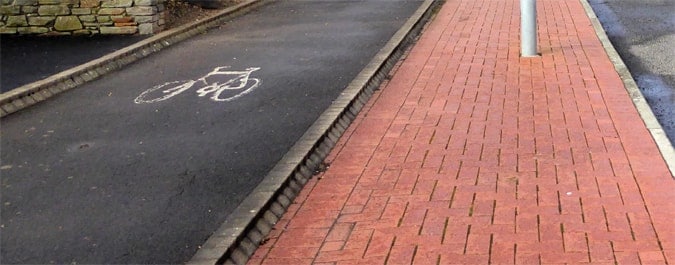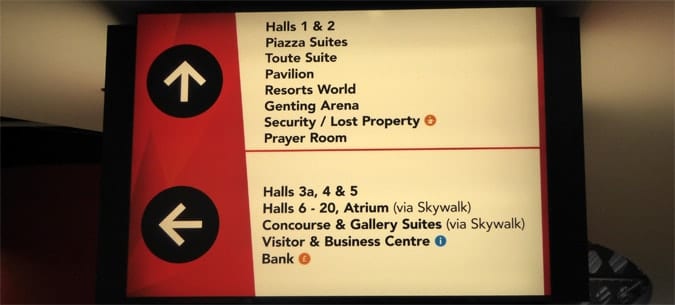Last Updated on June 9, 2023
Ever wondered what is a smart city is and the future of smart cities? All is explained below.
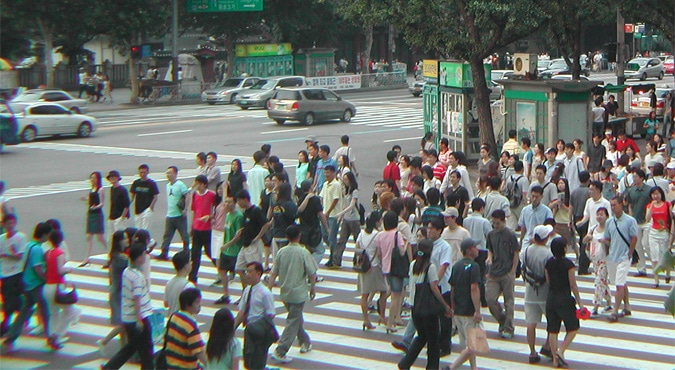
Table of Contents
What is a Smart City?
The term Smart Cities is becoming a popular term and one which reflects the use of smart technologies in urban design or new and existing cities. This term will likely help to shape the future in many major cities around the world.
Many aspects of city life are becoming networked and the way in which we, as individuals, interact with the environment and the local environment interacts with us is being affected by products such as smartphones and other technologies.
Everything, from control of the resources, the transportation system and crowd control are being influenced by the ability to collate and interpret data, as well as to use data for predictive reasons.
In terms of wayfinding, smart technologies are already having a big impact on the way in which we move and get between places.
Airports, in the future, are one example certainly of where we can expect to see a big change in the way in which we navigate and experience movement through these hubs.
This is not a concept I expect to become popular in all cities globally, but many trials of running a Smart City are already taking place, and the impact upon wayfinding and how we navigate urban areas could be significant.
These cities though are designed in essence to be self-sustainable low energy locations, which produce low carbon emissions.
Sustainable technologies and the recyclable energy are central to these projects.
You may also hear terms such as “Digital City or “Sustainable city” used to explain similarly planned future cities.
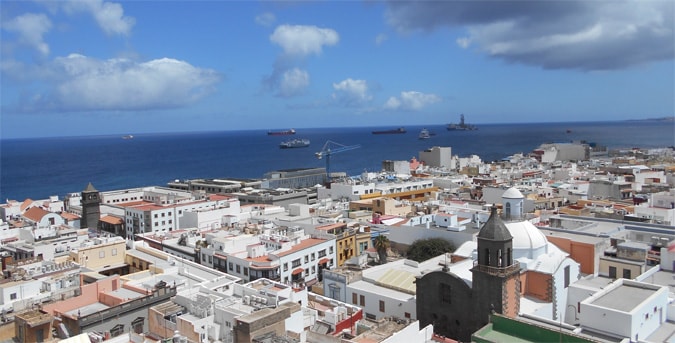
Exactly what a smart city is, is debated amongst some, with some varying definitions.
The approach to how a smart city should be designed is also debated, with some professionals wanting a top-down approach to the design of these cities and with other people wanting a bottom-up approach.
In other words. A top-down approach would, for example, mean the areas, buildings, transport systems, roads, and so on are managed and controlled by a central base such as for the power and energy resources, the navigation controls, and so on.
A bottom-up approach, on the other hand, would mean that society and people in the urban area would be more influential in the design of these urban areas.
The use of smartphone technologies, for example, which is managed and used by individuals, would be more important in a bottom-up approach.
There are pros and cons of both approaches and they are continually being debated.
The idea of a
Masdar City (United Arab Emirates)
This quite stunning project is one that is leading the way in which we understand smart cities and, in effect, this is a living experiment.
Masdar City aims to be a city that is totally self-sustainable in terms of energy. Some of the key features are:
- Zero waste.
- Zero carbon.
- Fossil fuel free.
- Pedestrian-only streets without any cars.
- A transportation system that produces 0% emissions.
- A high-speed Light Rail train.
- Public transport no further than 250 meters from any point in the city.
- The need for less electricity and water because of a better-managed system through the use of technology.
- Wastewater re-used for the landscaping.
- 100% of its own energy used via renewable sources (i.e. geothermal and solar).
Without the need for cars, the city in effect can be smaller and the area thus becomes walkable, and unpolluted and provides more space also for parks and other green spaces.
Songdo, Korea – Example of What is a Smart City
Another example being Songdo in South Korea. Roughly £25 Billion pounds has been spent developing this 1500-acre site as a futuristic city, a city which is based roughly 25 miles from the South Korean capital Seoul.
The start to such a location is for technological companies interested in investing and the local government to combine forces, to build up a plan for the development of elements of a smart city unless of course, one can develop the area completely anew as has happened in Songdo.
Many cities worldwide though, will understandably want to gradually develop their existing infrastructure in a more gradual process. What is smart about Songdo you might be asking at this point?
For those of you who have visited Songdo as I have, you will perhaps agree that the city is not the most aesthetically pleasing and the location close to Incheon Airport is certainly not the most preferred location for most of us who get to live in Korea (I was there for 2 years living in Gangam in Seoul).
The 1500 acres of land needed to build this city was taken from the sea, so I am not sure how smart this is?!
More than four hundred buildings will be built, including what will be Korea’s tallest skyscraper so, once again, I am left wondering to be honest, if this is smart design or simply further destruction of the environment, in effect.
The good:
- 40% of the urban area dedicated to space, meaning less traffic and easier areas to walk.
- A connected system that links schools, offices and homes etc in a fully networked community.
- The ability to interact via video from anywhere (good, although not for those who love the privacy and want to escape technology and return to a more simplistic pre-post-modern world).
- Total city broadband coverage.
- Traffic and environment sensors.
- One of the most impressive features of this city is waste collection. Your waste is sucked through pipes from your home into the waste management system. No need for rubbish or garbage collection services.

An organization named uLife Solutions and Incheon-City are said to manage the city. Exactly what they do and what makes this project smart per se, is not completely clear at this point.
A certain area of green space is part of the project but then, numerous larger buildings have been developed in this area.
Wayfinding in Smart Cities and the Future
Whether you believe in a top-down or bottom-up approach to smart city development, there are many clear examples of wayfinding already being affected (both positively and negatively) by smart technologies.
Any of you who have used the Citymapper app on your iPhone to help you navigate a city, or have used any of the city apps that we discussed recently will have benefited from smart technology use in an urban area.
The way in which we get from A to B, in a wayfinding context in a smart city, will develop in a number of ways:
1. Affects of Mobile Devices
The way in which you find your way in a literal sense will continue to be affected by mobile devices.
I would propose though that, in 20 years’ time, we will be amused and find it somewhat antiquated, the idea of walking around staring at the floor, looking at these devices we call smartphones, ignorant in many cases of our surroundings.
Many of us are becoming somewhat disembodied from our environment i.e. we fail to notice trees, wildlife, storefronts, other people.
So, smart city wayfinding will be technological in the next 10 years I believe but expect in the longer term a re-analysis and understanding of true smart wayfinding.
There will be a trend in the longer-term future back to towards ‘Experiential Wayfinding’. This will mean being able to navigate hands and audio (earphones) free and to be able to navigate through located signs such as interactive billboards and interactive signage.
2. Transport
Smart cities (at least some of the specially built ones) are being designed to have zero-emission transport systems.
The absence of cars as we know them and hence the ability to create a more compact walkable city is part of the plan.
This does not, of course, mean you cannot get lost and the art of wayfinding design thus will always be important.
Some smart city design does actually raise the question of safety.
With many parks away from roads and the such like, after-dark movement will continue to be an issue, and thus, how we choose to get from A to B will continue to be affected to much more than just the idea of direct routes.
Other concerns will always affect how we wayfind.
3. New and Old Cities
New and old cities will develop in their use of smart technologies in very different ways and the way in which these cities can use their technological infrastructure and whether they develop a top-down or bottom-up approach will vary greatly.
Poor and vast cities such as some Brazilian cities and the favelas cannot develop quite so quickly or easily as Songdo or Masdar City.
4. Smart City Solutions
Many smart city solutions which are created using the bottom-up approach, rely in local government and organizations using an ‘Open data’ approach.
This means that key data is released which allows for individual companies to then use this data to develop more efficient systems, such as for transportation.
From a wayfinding perspective, this open data approach will mean further technologically developed systems, such as numerous navigation apps.
In the longer term though, as I mentioned above, personalized devices will seem antiquated and antique.
Dr Paul Symonds has a PhD in Wayfinding from Cardiff Metropolitan University in the UK. Paul works with the signage industry, airports and other locations providing wayfinding audits, consultancy and training.

